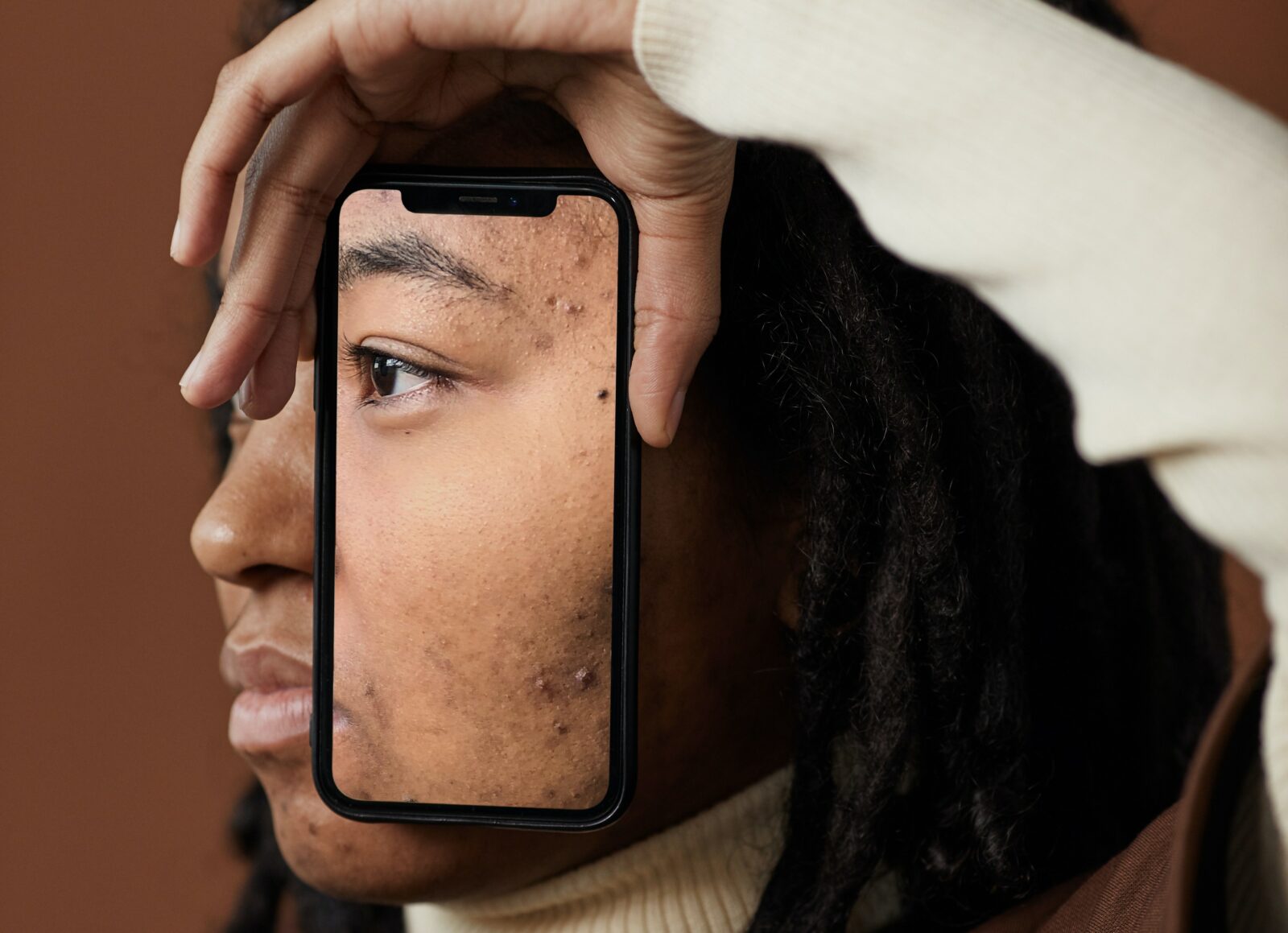
Adults with acne are a growing phenomenon. Sometimes called postadolescent acne, it can occur with irritating frequency into your 40s. And mask wearing due to COVID-19 protocols made it worse. Moderate to severe acne can cause a lot of stress. Some people are so distressed by it, they skip work or school and pass on social occasions. It can lead to depression. Even mild outbreaks can cause stress if one places a particularly high value on appearance.
The marketplace offers a wide array of options for treating acne, from medications to topical OTC treatments. Many of them dry out your skin. But studies offer insights into the underlying causes of acne, especially hormonal acne in adult women. It is possible to address these underlying causes with natural supports. This includes understanding and addressing our detoxification pathways, inflammation, diet, and lifestyle choices.
While this is a long-term solution and not always a replacement for medical treatments, this approach can be very effective for women with hormonal acne. It is an integrative approach that can result in fewer medications and provide lasting relief. Let’s take a deeper look at the underlying causes of hormonal acne and the steps you can follow to help clear it up.
The underlying causes of hormonal acne
Although hormonal acne is common, research still has yet to pinpoint the exact cause. But the medical literature does offer many insights that we can act upon. These are the prime factors scientists believe cause or contribute to hormonal acne.
Androgens
Hormonal acne is linked to monthly hormonal fluctuations. Over 80% of women with acne experience a premenstrual outbreak. Androgens are a class of hormones that include testosterone, which women produce in smaller amounts than men. Some women are more sensitive to normal amounts or produce excess testosterone. One hypothesis is that increased androgen production premenstrually causes increased sebum production leading to acne. Women with elevated testosterone have a higher rate of converting testosterone to a more potent androgen, dihydrotestosterone (DHT), which is associated with sebum production and thus acne. Even women with normal androgen levels can have androgen-caused acne due to increased androgen sensitivity. The most common cause of elevated androgens or heightened androgen sensitivity is Polycystic Ovary Syndrome (PCOS), which many women don’t know they have.
Unlock this free article
To continue reading this article please register with your email
Be your own best doctor with our comprehensive suite of online health coaching tools.
